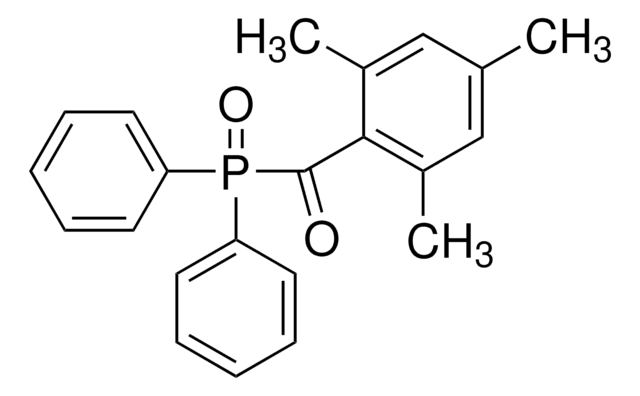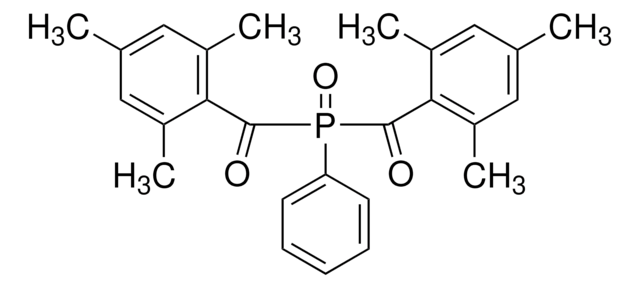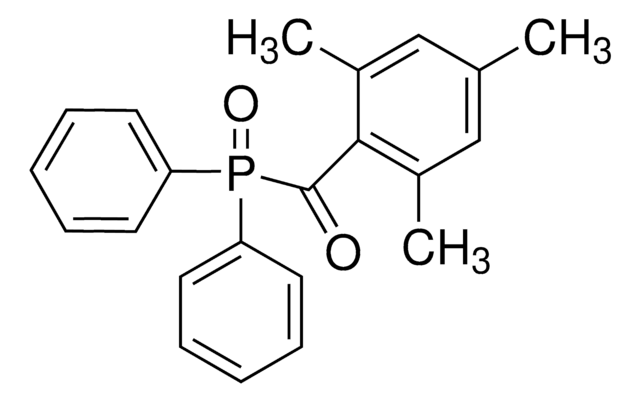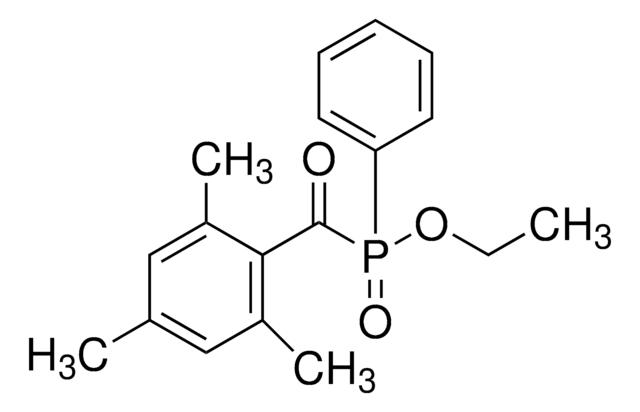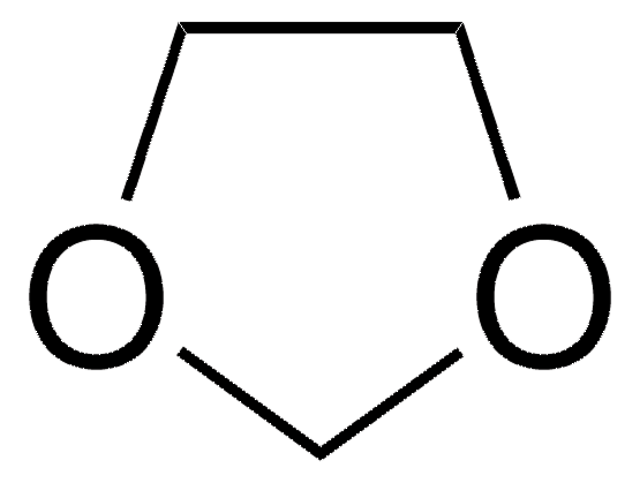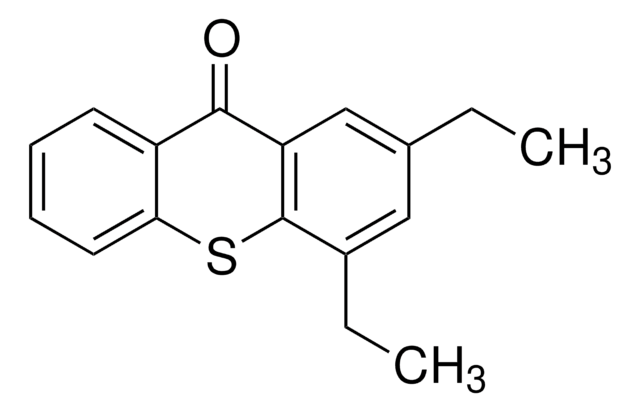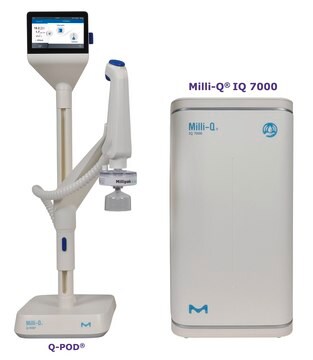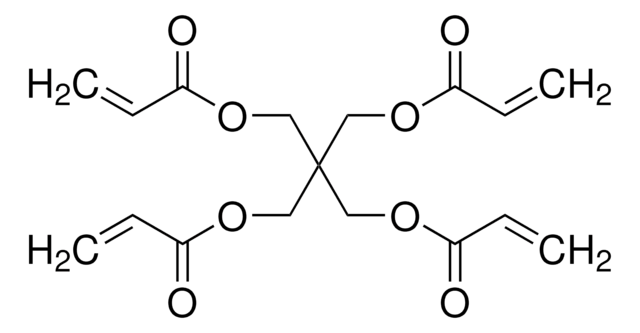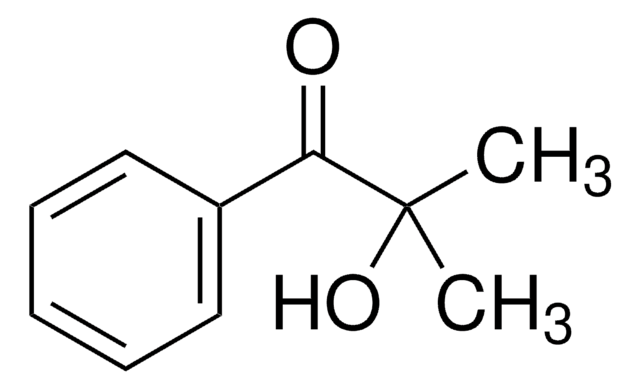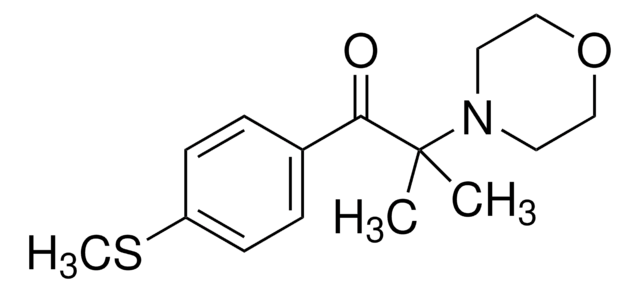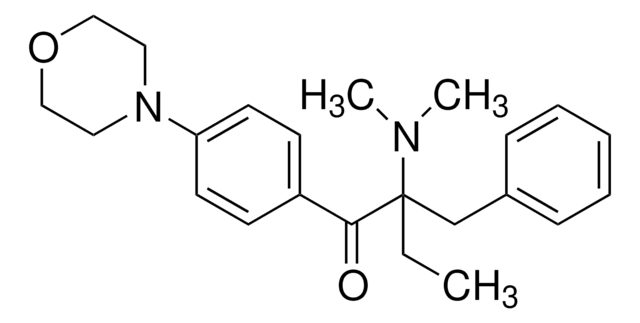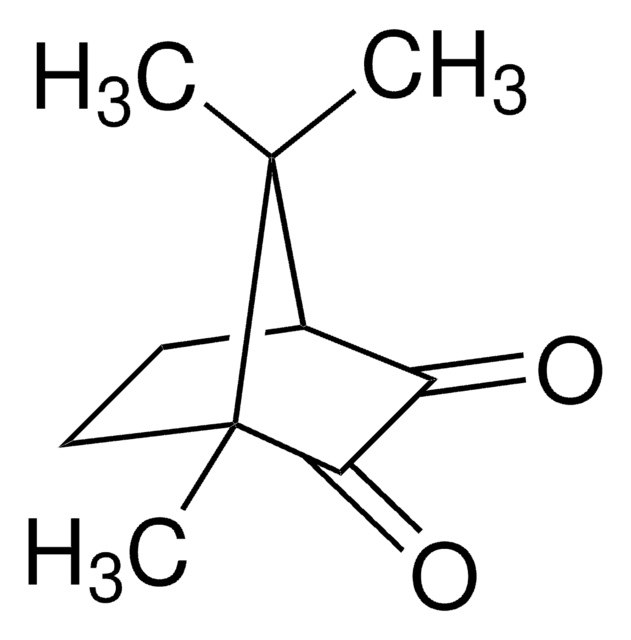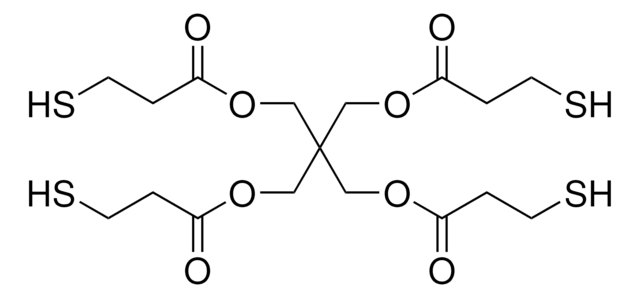推荐产品
形狀
powder or solid
顏色
white to off-white
SMILES 字串
O=P(C1=CC=CC=C1)(C(C2=C(C)C=C(C)C=C2C)=O)C3=CC=CC=C3
正在寻找类似产品? 访问 产品对比指南
應用
The water-dispersible photoinitiator nanoparticle contains 10% (w/w) of the type I photoinitiator diphenyl(2,4,6-trimethylbenzoyl)phosphine oxide (TPO). TPO is highly efficient but water-insoluble. This water-soluble TPO based photoinitiator enables rapid 3D printing of structures prepared in aqueous solutions while bringing environmental advantages by using low-energy curing systems and avoiding the need for solvents.
The extinction coefficient of the new water-dispersible nanoparticles of TPO is more than 300 times larger than the best and most used commercially available water-soluble photoinitiator, Irgacure 2959. The TPO nanoparticles absorb significantly in the range from 385 to 420 nm, making them suitable for use in commercially available, low-cost, light-emitting diode-based 3D printers and UV-curing devices.
The extinction coefficient of the new water-dispersible nanoparticles of TPO is more than 300 times larger than the best and most used commercially available water-soluble photoinitiator, Irgacure 2959. The TPO nanoparticles absorb significantly in the range from 385 to 420 nm, making them suitable for use in commercially available, low-cost, light-emitting diode-based 3D printers and UV-curing devices.
訊號詞
Danger
危險分類
Acute Tox. 4 Oral - Aquatic Chronic 3 - Eye Dam. 1 - Repr. 2 - Skin Irrit. 2 - Skin Sens. 1
儲存類別代碼
11 - Combustible Solids
水污染物質分類(WGK)
WGK 2
閃點(°F)
Not applicable
閃點(°C)
Not applicable
其他客户在看
3D printing of responsive hydrogels for drug-delivery systems
Magdassi S. et al.
Journal of 3D printing in medicine, 1(4), 219-229 (2017)
Amol A Pawar et al.
Science advances, 2(4), e1501381-e1501381 (2016-04-07)
In the absence of water-soluble photoinitiators with high absorbance in the ultraviolet (UV)-visible range, rapid three-dimensional (3D) printing of hydrogels for tissue engineering is challenging. A new approach enabling rapid 3D printing of hydrogels in aqueous solutions is presented on
相关内容
Tissue engineering fabricates tissues cultures from scaffolds, living cells, and biologically active molecules by simulating the microenvironment of the body to repair or replace damaged tissue.
Tissue engineering fabricates tissues cultures from scaffolds, living cells, and biologically active molecules by simulating the microenvironment of the body to repair or replace damaged tissue.
我们的科学家团队拥有各种研究领域经验,包括生命科学、材料科学、化学合成、色谱、分析及许多其他领域.
联系技术服务部门